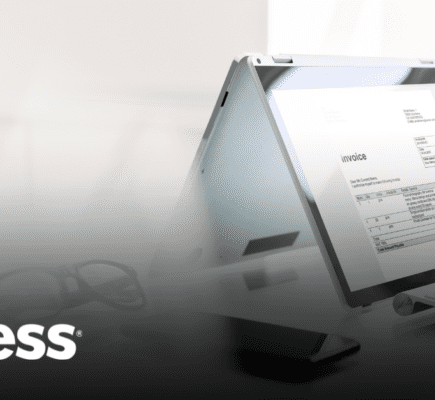
Understanding an information management program is not like understanding a chessboard. You can’t just pause it and take each piece in turn— each part of a RIM program relies on what came before and what happens next.
In this two-part series, we’ll review five aspects of the information lifecycle (capture, storage, retrieval, maintenance, and disposition), and help you build an information management program that adds up to more than the sum of its parts.
Capture

Organizations are still dealing with multiple different media coming into their organization in both digital and physical formats. This makes governance farther down the line a huge challenge.
When various parts of your organization aren’t capturing information in the same way, you can end up with an abundance of ROT (redundant, obsolete, and trivial) information, disconnected systems, and increased risk and operational spending that could’ve been avoided.
Capture is much like making a good first impression: if you do it right, it makes everything afterward much easier. If your information lifecycle isn’t starting on the right foot, the rest of what you’re trying to achieve is in trouble.
That makes it extremely important to have an in-depth understanding of all the channels and media in which information flows into your organization. That way you can better identify what’s a record and what is not.
While the ideal scenario would be to become a truly paperless organization, that’s not the reality for many. Instead, organizations should be looking to move further toward a digital-first way of working, which looks like this:
- Implement Policy Changes – Reducing the amount of paper your organization handles is a two-front battle: internal and external. For internal employees, you can set policies that limit the amount of paper used by setting limits on printers and more. For external entities, you can insist that invoices, orders, and the like be submitted in a digital format.
- Improve Digital Experiences – Make it as easy as possible for employees to get their work done without using paper. Invest in user-friendly technology, otherwise, end users are going to keep making convenience copies.
- Leverage Machine Learning for Metadata – When you get the correct metadata applied up front it makes later stages, such as retrieval or disposition, much quicker and easier. For legacy records, consider using AI-powered tools to help properly bucket records on a day-forward basis.

5/7 Leveraging Your Data: A Journey Through 3 Essential Information Gates
Join our upcoming webinar, where we will guide you through the essential steps to be successful in the age of digital information. The Three Gates to Digital are your roadmap to harnessing the power of technology, improving efficiency, and achieving…
Storage
Companies today are still dealing with a significant number of physical records— far more than we thought would be the case today.
Most people are working in a hybrid environment these days, and even if they adopt an entirely paperless environment, there are still legacy records to consider. Audits, while time-consuming, can give you a far better understanding of what records your organization has stored where, which can increase efficiency, reduce risk, and save space.
As you’re considering your physical records and their locations, you should bucket them into 3 categories:
- Those needed on-hand and close to a person (eg. in a briefcase or home office)
- Those in an on-site records room
- Those stored in an off-site records storage facility
Understanding which records are appropriate for which bucket can help you decide where and how to store those records.
If you have records on-site that are seldom retrieved or are only being kept for a compliance reason, you can clear up significant real estate by moving them to an off-site records storage partner.
Likewise, if you improve the digital-first nature of your organization, you can guide your end-users toward using those formats rather than printing out copies.
If you’re working with the right partner, those off-site records can be incrementally digitized as they are retrieved with on-demand scanning services. That way your employees can remotely access physical information they’d otherwise be unable to see in a timely fashion.
Conclusion
By managing records and information holistically, companies can approach information management in a manner that ensures that all aspects of the program are considered, including the people, processes, and technology.
The result will promote collaboration and communication among different departments and stakeholders, which helps to ensure that information is shared and used optimally.
Once you’ve built a more integrated information management program, you’ll be well on your way to improving operational efficiency, making better decisions, and potentially gaining a competitive advantage.





